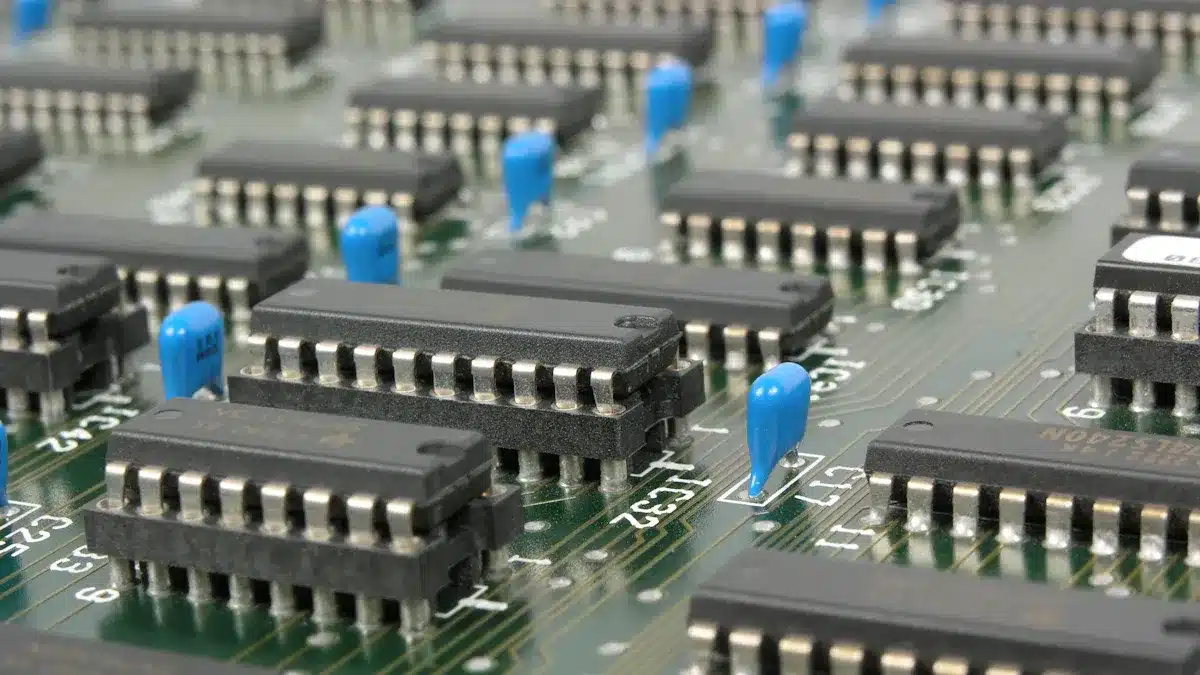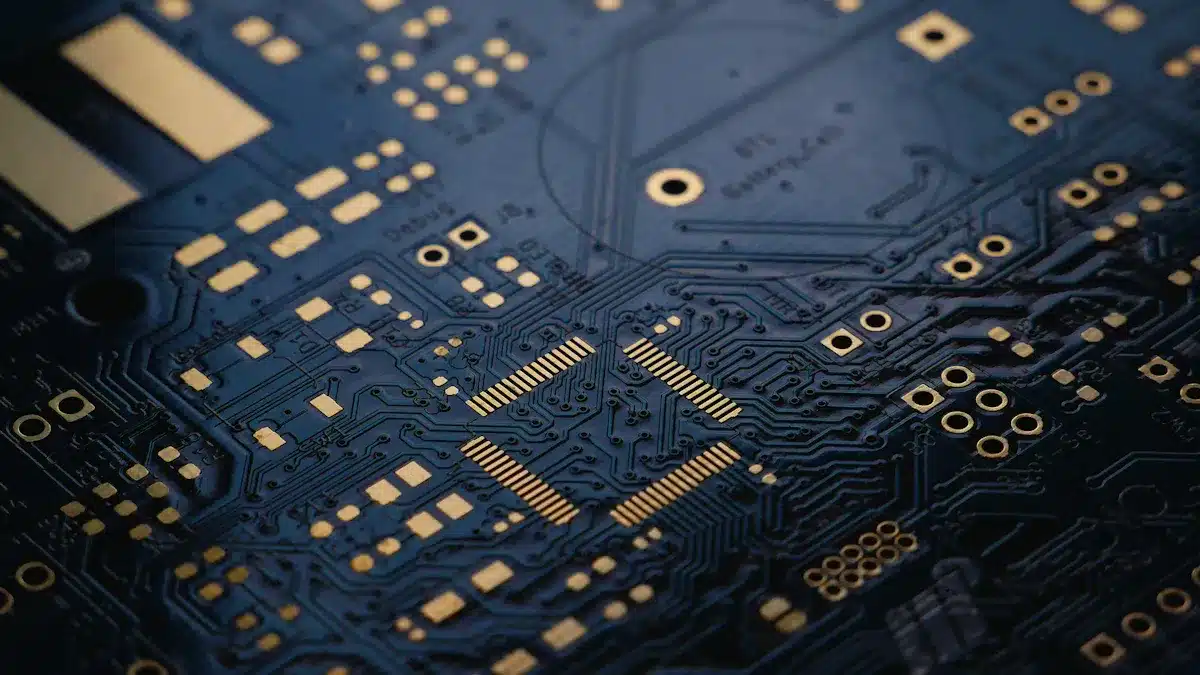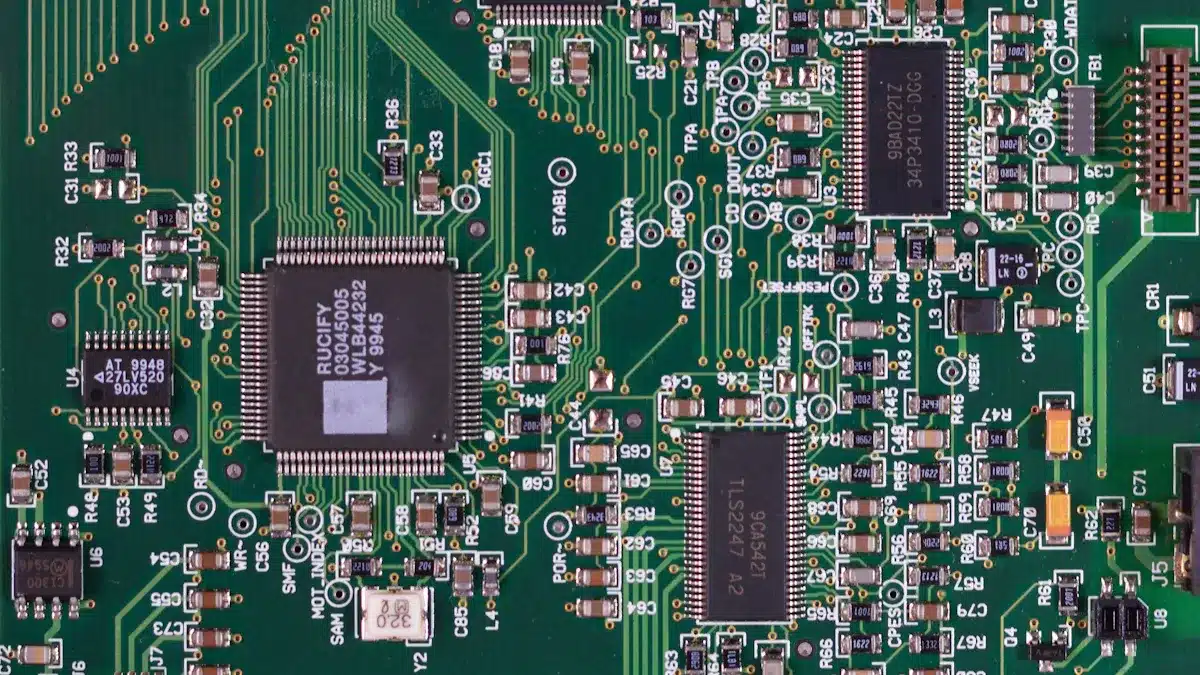
Choosing the right tool for PCB design is very important. A good tool can make your work easier and improve your designs. As you look at different choices, you might ask if CircuitMaker is better than other PCB design tools. With its special features and abilities, does CircuitMaker really give users the best experience?
Key Takeaways
CircuitMaker has an easy-to-use interface. This makes PCB design simple for both beginners and experts.
The software has tools for real-time teamwork. This lets teams work together smoothly on projects.
Large libraries of components save time. Users can focus on design instead of looking for parts.
3D views help users find problems early. This ensures better design quality before making products.
A free trial lets users try CircuitMaker’s features. This helps them see if it fits their needs.
CircuitMaker Overview

Key Features
CircuitMaker has many features that make it a great choice for PCB design. Here are some of the best ones:
Schematic Capture: You can create and change schematics easily. The simple interface helps you make quick changes.
PCB Layout: CircuitMaker has strong tools for PCB layout. You can handle complex designs without trouble.
Component Libraries: You can access a large library of components. This saves time when you need to find parts.
Collaboration Tools: You can work with others in real-time. Share your designs and get feedback right away.
3D Visualization: You can see your PCB in 3D. This helps you picture the final product before making it.
These features help both beginners and skilled users, making it a flexible choice for many projects.
User Interface
The user interface of CircuitMaker is made to be easy to use. It is friendly for users, which is important for good PCB design. The layout is neat, and the tools are easy to find.
Drag-and-Drop Functionality: You can place components on your PCB layout quickly. This makes the design process easier.
Customizable Workspace: You can change your workspace to match your workflow. Arrange tools and panels how you like.
Interactive Tutorials: If you are new to PCB design, the built-in tutorials help you learn the basics. This support helps you start without feeling lost.
Overall, CircuitMaker’s user interface makes your design experience better. It lets you focus on being creative instead of dealing with hard software.
Comparison with Other Tools
When you look at PCB design tools, there are many choices. CircuitMaker is a good option, but how does it stack up against KiCad and EAGLE? Let’s look at the differences in features, ease of use, and cost.
Features Comparison
CircuitMaker has many strong features, but so do its rivals. Here’s a quick look:
Feature | CircuitMaker | KiCad | EAGLE |
|---|---|---|---|
Schematic Capture | Yes | Yes | Yes |
PCB Layout | Yes | Yes | Yes |
Component Libraries | Large | Large | Average |
Collaboration Tools | Yes | No | Limited |
3D Visualization | Yes | Yes | Yes |
CircuitMaker is great for collaboration. You can work with others at the same time. This is very helpful for team projects. KiCad and EAGLE also have good schematic capture and PCB layout tools, but they don’t offer as much collaboration.
Usability and Learning Curve
Usability is very important when picking a PCB design tool. CircuitMaker is easy to use, which helps beginners start designing. The drag-and-drop feature makes layout simple.
KiCad is powerful, but it can be hard for new users because of its complicated interface. Still, it has lots of guides and tutorials to help you learn. EAGLE is also tough to learn, but many users like its advanced features once they get used to it.
Target Users for CircuitMaker
Beginners
If you are just starting with PCB design, CircuitMaker is a great choice. It is easy to use, which helps you begin your first project. The drag-and-drop feature makes it simple to set up your layout. You can place parts quickly without feeling stressed. The interactive tutorials help you learn the basics, so you understand important ideas.
Many beginners like the large component libraries. You can find parts fast without wasting time. This lets you focus on your design instead of getting stuck looking for the right pieces. Overall, CircuitMaker is a fantastic option for hobbyists and those new to PCB design.
Professionals
For professionals, CircuitMaker has strong tools that boost productivity. The collaboration features let you work with team members at the same time. This is important for projects needing input from different engineers. You can share designs and get feedback right away, making the design process smoother.
While professionals might like other tools like KiCad or EAGLE, CircuitMaker’s easy-to-use interface is still helpful. You can handle complex designs well without losing quality. The 3D visualization feature also helps you see your PCB before making it. This can save time and cut down on mistakes in the final product.
Support and Community
Documentation and Resources
When you start using CircuitMaker, you need helpful resources. CircuitMaker has many documents to help you learn. You can find:
User Manuals: These manuals give clear instructions on using features. They help you with setup and design steps.
Video Tutorials: You can watch videos that show how to use the software. These videos explain everything from simple tasks to advanced skills.
FAQs: The frequently asked questions section answers common problems. You can get quick answers without searching a lot.
These resources make it easier for you to learn and fix any issues while designing your PCB.
User Community Engagement
The CircuitMaker community is important for your experience. Talking with other users can help you learn and give you good ideas. Here are some ways to connect:
Forums: Join the CircuitMaker forums to share ideas, projects, and ask questions. You can learn from others and share what you know.
Social Media Groups: Follow CircuitMaker on Facebook and LinkedIn. These groups share tips, updates, and stories that can inspire your designs.
Events and Webinars: Join online events and webinars by CircuitMaker. These sessions cover many topics and let you talk with experts and other users.
By joining the community, you can get support and ideas for your PCB projects. Whether you are new or experienced, these connections can help you improve as a designer.
Pros and Cons of CircuitMaker

Advantages
CircuitMaker has many good points that make it a great choice for PCB design. Here are some important benefits:
User-Friendly Interface: The interface is easy to use. This design helps you move around the software easily, making your design work smoother.
Collaboration Features: If you are in a team, CircuitMaker lets you work together in real-time. You can share your designs and get feedback right away, which helps teamwork.
Large Component Libraries: You can access big libraries of components. This feature saves time when looking for parts, so you can focus on your design.
3D Visualization: You can see your PCB in 3D. This helps you find problems early. You can check how parts fit together before finishing your design.
Free Trial: CircuitMaker has a free trial. This lets you try its features without spending money. The trial helps you see if it fits your needs before deciding.
Disadvantages
Even though CircuitMaker has many good things, it also has some downsides. Here are a few to think about:
Performance Issues with Larger Designs: When your PCB designs get more complex, you might notice slowdowns. This can slow down your work and make it hard to handle bigger projects well.
Limited Advanced Features: Compared to Altium Designer, CircuitMaker is missing some advanced features. If you need high-end tools for complex designs, CircuitMaker might not be enough.
Internet Dependency: CircuitMaker needs an internet connection for many features. If you are in a place with bad internet, this could interrupt your design work.
Learning Curve for Advanced Tools: The basics are easy to learn, but it may take time to master all the features. You might need to spend time learning the more advanced tools available.
In conclusion, CircuitMaker has an easy-to-use interface and great tools for teamwork. These features make it a good option for both beginners and experts in PCB design. You can try the free trial to see what it can do before deciding. Although it has some downsides, like slowing down with bigger designs, its benefits usually outweigh the problems. If you want a tool that is simple to use and works well, CircuitMaker could be the best choice for your PCB projects.
FAQ
What is CircuitMaker used for?
CircuitMaker is a tool for designing PCBs. You can make schematics and layouts for printed circuit boards. It helps you see and work on your designs easily.
Is CircuitMaker free to use?
Yes, CircuitMaker is free. You can download it and use it without paying. But, you need the internet to use some features and save your work.
Can I collaborate with others using CircuitMaker?
Yes! CircuitMaker has tools for working together in real-time. You can team up with others, share designs, and get feedback right away.
What types of projects can I create with CircuitMaker?
You can make many projects, from simple hobby circuits to complex designs. CircuitMaker’s features help with many different PCB design needs.
Does CircuitMaker have a mobile version?
No, CircuitMaker does not have a mobile version. It is made for desktop use, giving you a complete experience for PCB design on bigger screens.
See Also
Tips for Finding the Ideal PCB Prototype Manufacturer
Guidelines for Picking the Right PCB Fabrication Partner
Strategies for Choosing the Perfect PCBA Manufacturer